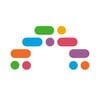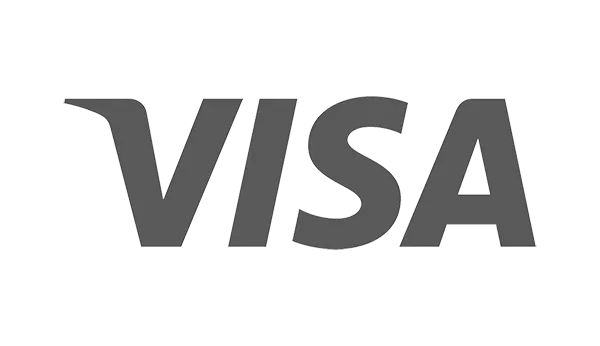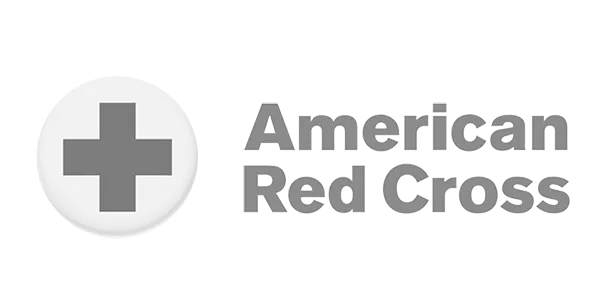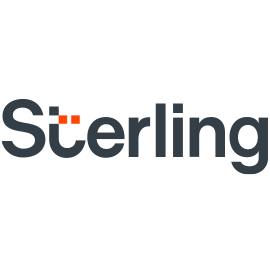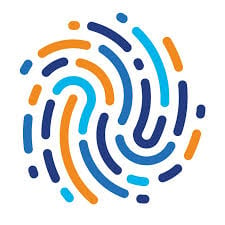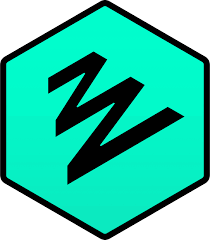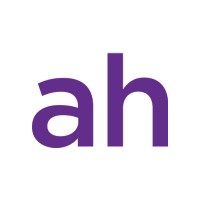Figuring out how much to pay for the best applicant tracking systems or deciding if a free ATS is a better fit for your business shouldn’t be a pain in the neck and, while choosing the right one could certainly save you lots of time in the future (86% of recruiters say that an ATS decreased their time-to-hire), it doesn't need to be a months-long process either.
Applicant tracking system statistics also show that the compound annual growth rate of the ATS market size is 6.7%: With more options out there than ever before, it's key you understand how to get the most value out of ATS software.
This guide (first published in 2020 and updated many times since) covers everything you should know about how much an ATS costs, pricing models, maximizing your value for money, communicating ROI internally, and negotiating a price once you’ve picked vendors.
How much does an Applicant Tracking System cost?
ATS pricing varies widely and applicant tracking systems can cost anywhere from $0 to $125,000+ per year depending on their scale, feature set, and pricing model. Here are some ATS cost estimates for different types of businesses:
Small Business (<100 employees)
ATS for small businesses need to take into account limited hiring needs and budget when setting prices. Paying per user or per vacancy would make the most sense here, and ATS systems with that pricing model would range from $250 up to $3,000 USD per year.
Medium-Sized Business (100-500 employees)
If the company is between 100-500 employees, paying per user will make sense if only the hiring managers and certain stakeholders will need access to the tool. However, a flat rate can work here as well, and that way you mitigate the risk of going beyond the user or vacancy limit. Either scenario can fall between $3,000 to $15,000 per year.
Large Business (<500-5,000) employees)
With a larger business, the price will be more sensitive to the features that would be needed to accommodate the hiring processes already in place. The same goes for integrations that are must-haves. Businesses with 500-5,000 employees will likely pay something in the range of $15,000 to $50,000+ annually.
Enterprise (<5,000+ employees)
Lastly, with businesses with more than 5,000 employees, a multi-year contract with a flat rate is likely the way to go. A budget for this would likely go beyond $125,000 per year.
Applicant Tracking System cost comparison
The following table shows prices for ATS software offered by various leading vendors:
Note: These prices are based on information published online and are shared here for information purposes only. The prices mentioned are subject to be changed by each vendor at any time.
ATS pricing models explained: Why do they vary so much?
Most ATS software vendors tailor their rates according to factors like business size, number of job openings, integrations, modules, among other things. Questions to ask about applicant tracking systems during a demo should cover all of these aspects to make sure you're paying for exactly what you need.
Most of them start with one of the following models before they adapt their price to you: flat rate, pay per user, pay per vacancy, or pay per module.
Flat rate
This is the easiest ATS pricing model to grasp, since it’s one amount regardless of the user count, or any count, for that matter. It’s usually calculated according to company size and is best for large enterprises that can shell out the money for a multi-year long contract at once.
Pay per user
This one tends to be good for smaller companies since you get charged only for the number of users that will be on the admin side of the applicant tracking software. In other words, you could potentially have only the recruiter or recruiters use it and save money, but it’s definitely best to have more people involved in the recruiting process.
Pay per vacancy
“Vacancy” here is just another word for the job postings. On this model, you pay depending on how many active job openings you’re working on. This works fine for small businesses as well, if they have low hiring volumes. For companies that are always hiring, it may be more expensive than it should need to be.
Pay per module
This pricing model applies when the applicant tracking software comes as a part of a larger platform. It’s one more feature that you can add to what you already pay for other sorts of HR software, like a CRM or a platform for onboarding or employee engagement.
Potential additional costs of an ATS
ATS software costs can increase beyond expected month-to-month expenditure for several reasons which can be categorized in two groups: Support and Additional features:
Support
Depending on the agreement that you reach with your ATS vendor, you may be on the hook for expenses relating to support. This can include assistance with ATS implementation (for example during the setup process or when you purchase other software that requires integration with your ATS), training (including on-site training if required) and customer/tech support.
Additional features
Not every company needs to use every feature of an ATS, so it makes sense that bespoke solutions are offered by some vendors. If, however, additional features are required (such as background checks) then it can be quite costly to add them. Try to ensure you know exactly what you need from your ATS before committing to a deal that doesn't include features that may be key for your business.
How to get the best possible price for ATS software
The main thing to know here is that all the prices that an ATS vendor originally quotes for you are negotiable. This is particularly true if you’re going to sign a year or multi-year contract. But how do you start negotiating?
We recommend taking the advice of Neville Postwalla, AVP of Talent Management at the Harbinger Group. Neville says that you have to know exactly what you need so that you can talk about getting rid of certain features, modules, add-ons, integrations or any optional functionality that might just be inflating your costs unnecessarily.
It's important to ask questions during ATS vendor demos. Here are some example questions related to pricing:
ATS pricing vendor demo questions
- What pricing model do you use?
- How much do your current clients typically pay for this software?
- Is custom pricing available from day one?
- How easy is it to change our plan/package?
- What additional costs may be incurred when using this software?
- What payment options are available?
You should also evaluate more than one vendor to compare costs and make sure that you are not just looking at the priciest end of whatever spectrum you’re in. Also, many vendors start off their pricing with a margin to be able to bring it down in case they get word of you possibly going with the competition. This is when discounts for a multi-year contract or pre-payment can be a strong possibility.
In short, if you know what to look for in an ATS, you'll be much better able to secure a good deal.

Communicating the ROI of ATS Software
Lastly, when gearing up to present the business case to the finance department, you should prepare some stats or projections of what the tool can do for the business. This should help justify the cost you now have in mind and should looking something like this:
- Our new ATS is going to make recruiter’s faster at their jobs thanks to automation, smarter sourcing, and the quick identification of top applicants, saving man-hours that translate to XYZ dollars and cents.
- If our ATS improves the overall candidate experience and recruitment process, more people will apply and our talent acquisition workflows will be faster and easier, resulting in a decreased cost-per-hire.
- Our ATS can reduce time to fill each position by days or even weeks, saving us the cost derived from having those positions open for a long time.
- By using an ATS, we’ll be able to cut down what we spend on staffing agencies, job boards, recruitment marketing, and social media ads.
- An ATS can also help us streamline tactics like employee referrals and social recruiting, enabling a more efficient candidate lifecycle, for instance.
- Recruitment software also comes with powerful metrics that will let us develop a clearer idea of how we’re doing and what needs improving.
Stats can get more and more specific depending on your business context. The software vendors you’re considering will likely be able to help out with estimating those. They could also present to you some of the results that similar businesses to yours have derived thanks to their solution.
Conversely, you can also use our free and customizable ATS ROI calculator to help build up your business case.
How to set a budget for an ATS
While some professionals might say that you should pick a system and then budget for it, we would argue that it makes more sense to create a business case for the tool, so we can then understand the scope of the project and its desired impact, and budget accordingly.
This will also make the process of selling the tool internally much easier, instead of running into pushback from the finance department after you’ve already demoed a solution or two.
For this to work, the business case should truly communicate the objectives of the new software, what problems it will solve, and how fixing those issues will result in value for the company at large.
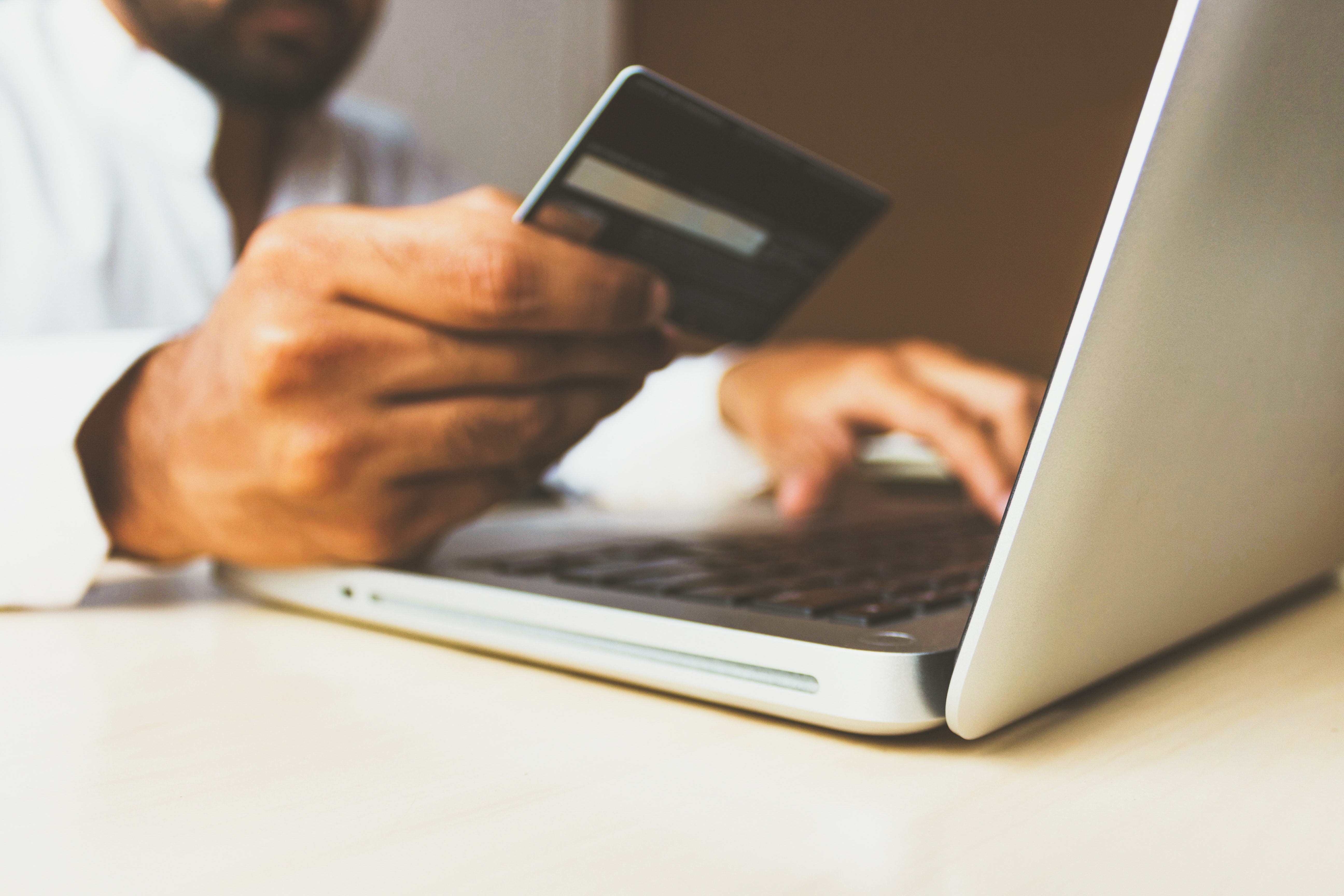
ATS pricing: Final thoughts
An ATS can be a massive decision in terms of bringing value and savings for a business. Why else would 98.2% of Fortune 500 companies use one?
However, it is precisely for that reason that so many things can go wrong. Remember to involve every stakeholder in the process, and draft a hell of a business case before vetting the best ATS solutions out there. In the long-run, it may very well be worth it!


